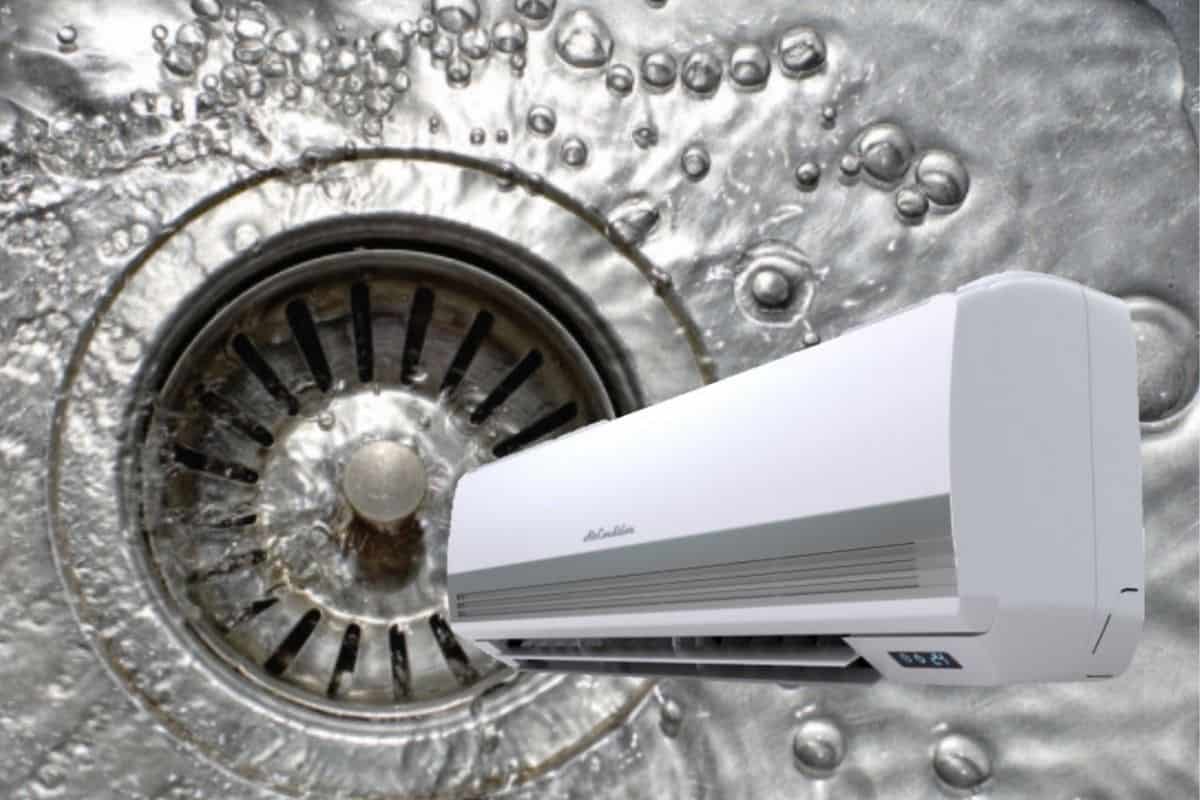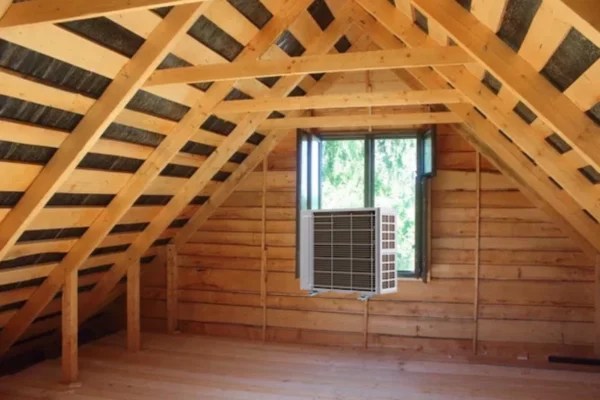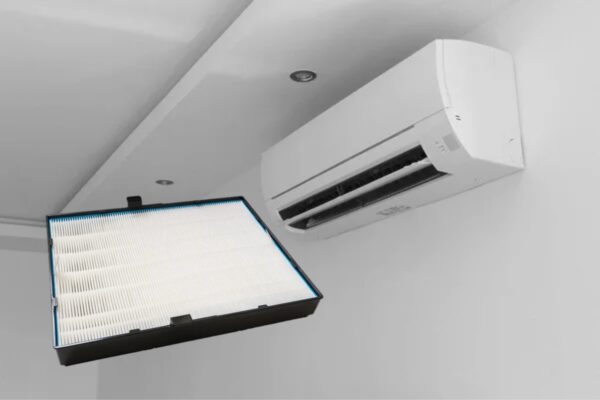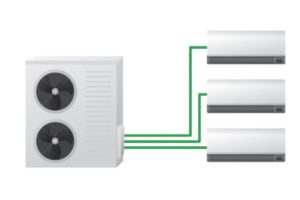Do Mini Splits Need a Drain Line for Condensate Water?
Mini splits are a great cooling and heating solution. They have an indoor unit that is installed inside the house. Some people wonder do mini splits need a drain. So, I did a little research.
Mini splits do need a drain. Mini splits need to connect a drain pipe at the indoor unit to discharge the condensate water to the nearest plumbing pipe. The outdoor unit of mini splits usually doesn’t need a drain because the small amount of condensate water will evaporate by itself.
While window air conditioners mostly don’t connect to a drain pipe, mini splits are always required to connect a drain pipe to properly discharge the condensate water.
How Do Mini Splits Drain?
Mini splits use a drain pipe to drain condensate water via gravity flow. The inlet is the highest point of the drain pipe where the condensate water is encouraged to flow towards the outlet.
In case part of the drain pipe must be higher than the inlet, a drain pump is used to assist the drain of the condensate water.
Exposed Drain
Typically, a mini split needs a hole through the wall for both the refrigerant and drain pipe. The drain pipe of mini splits can be concealed inside the wall and discharge to the nearest floor trap of a plumbing pipe.
Some houses, especially landed houses, simply discharge the condensate water outside the house since it is their own property and they don’t mind it.
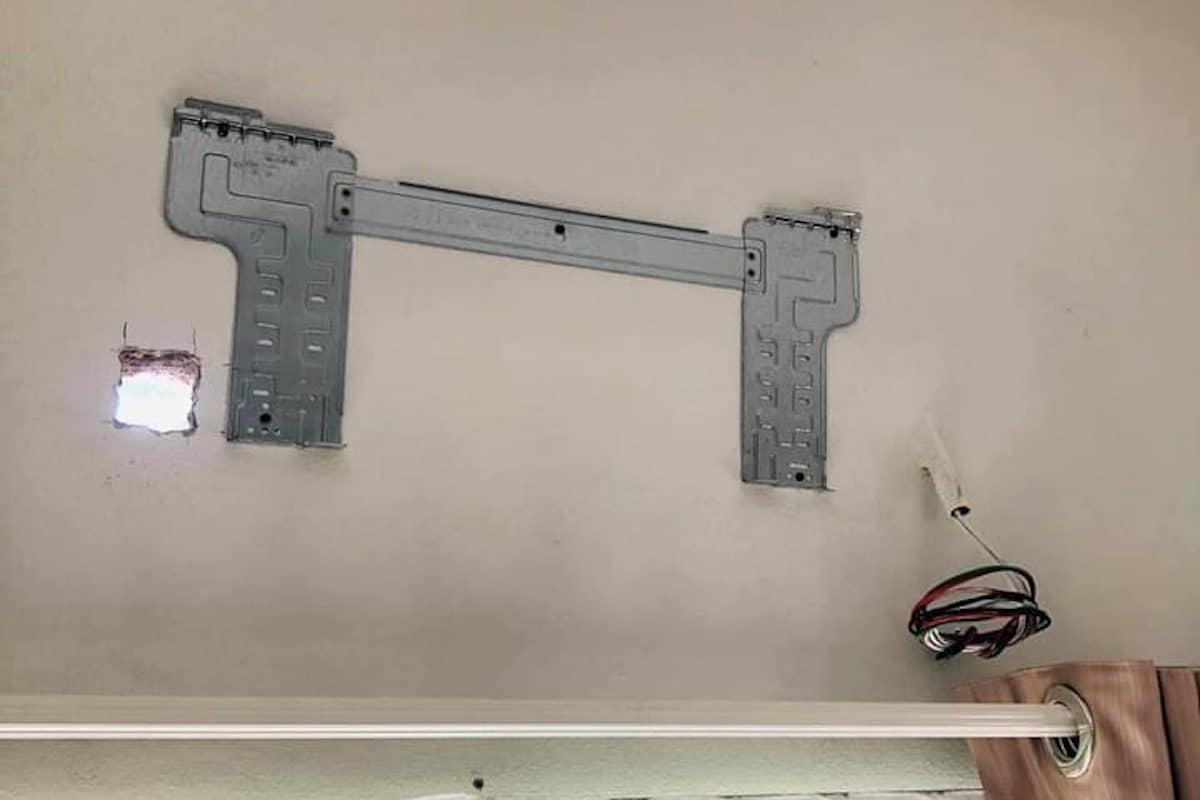
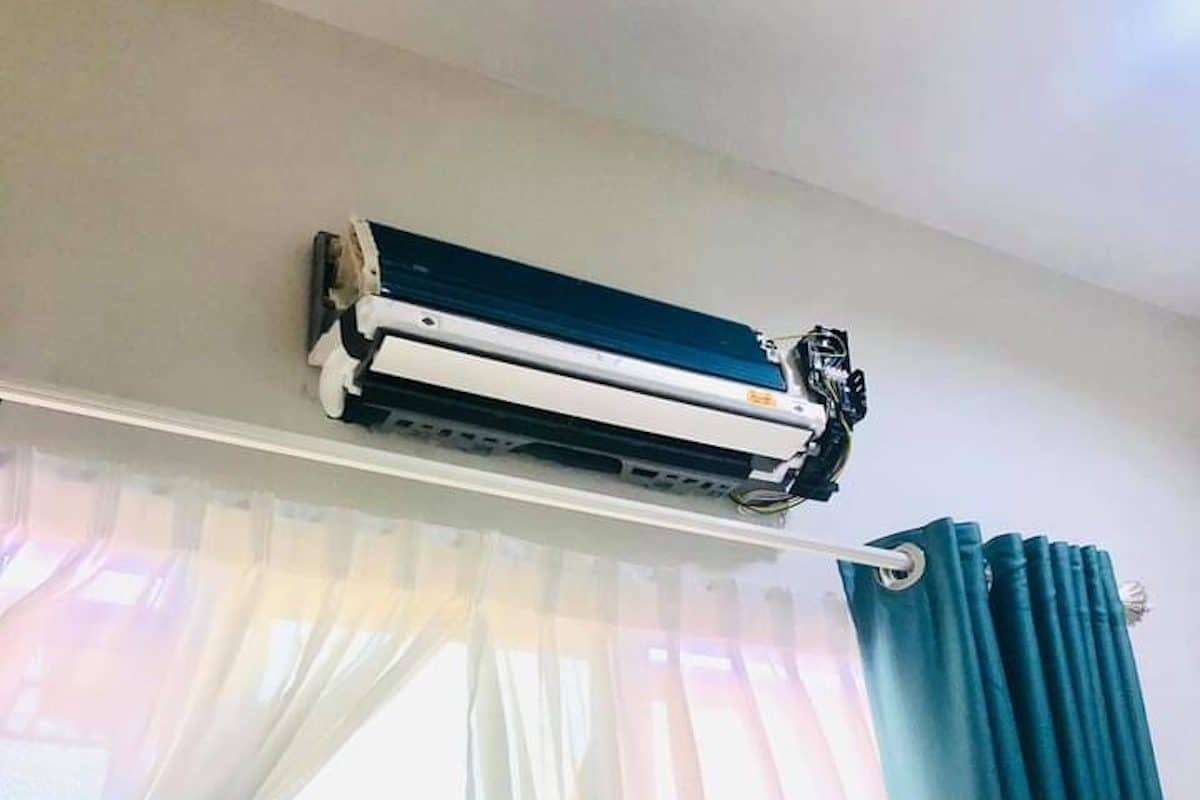
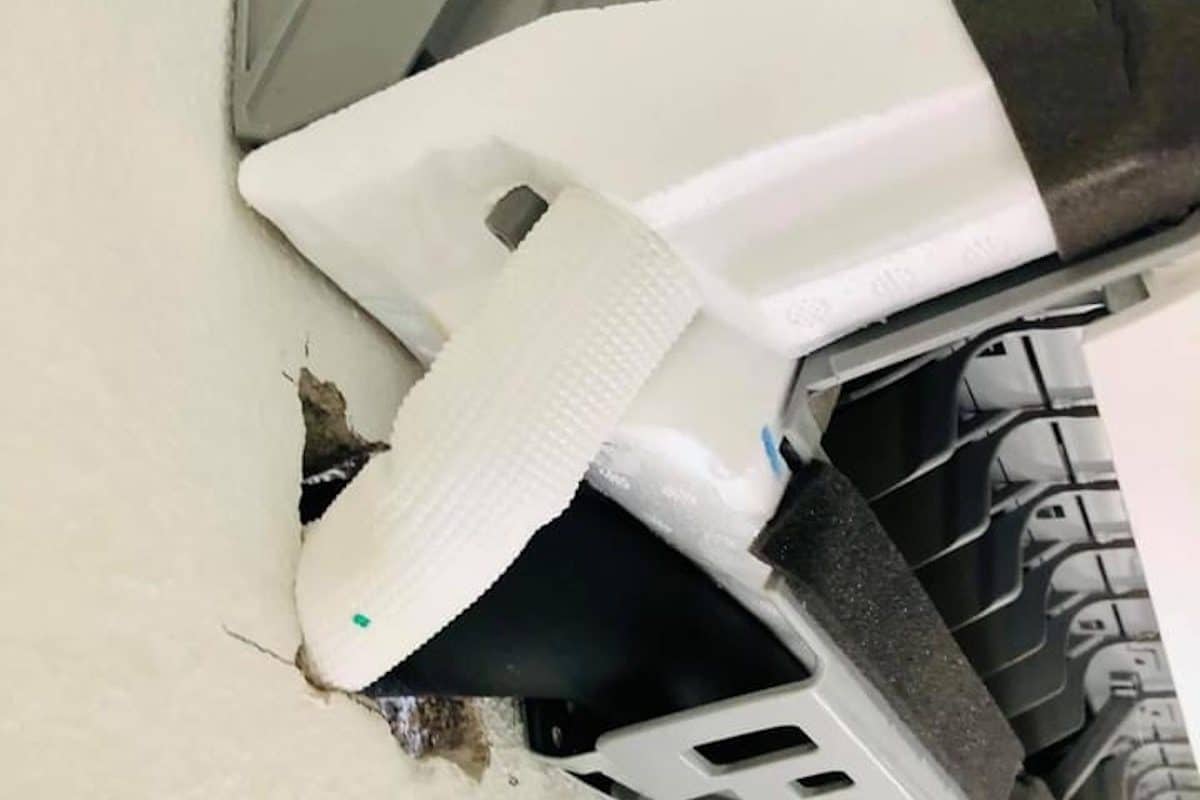
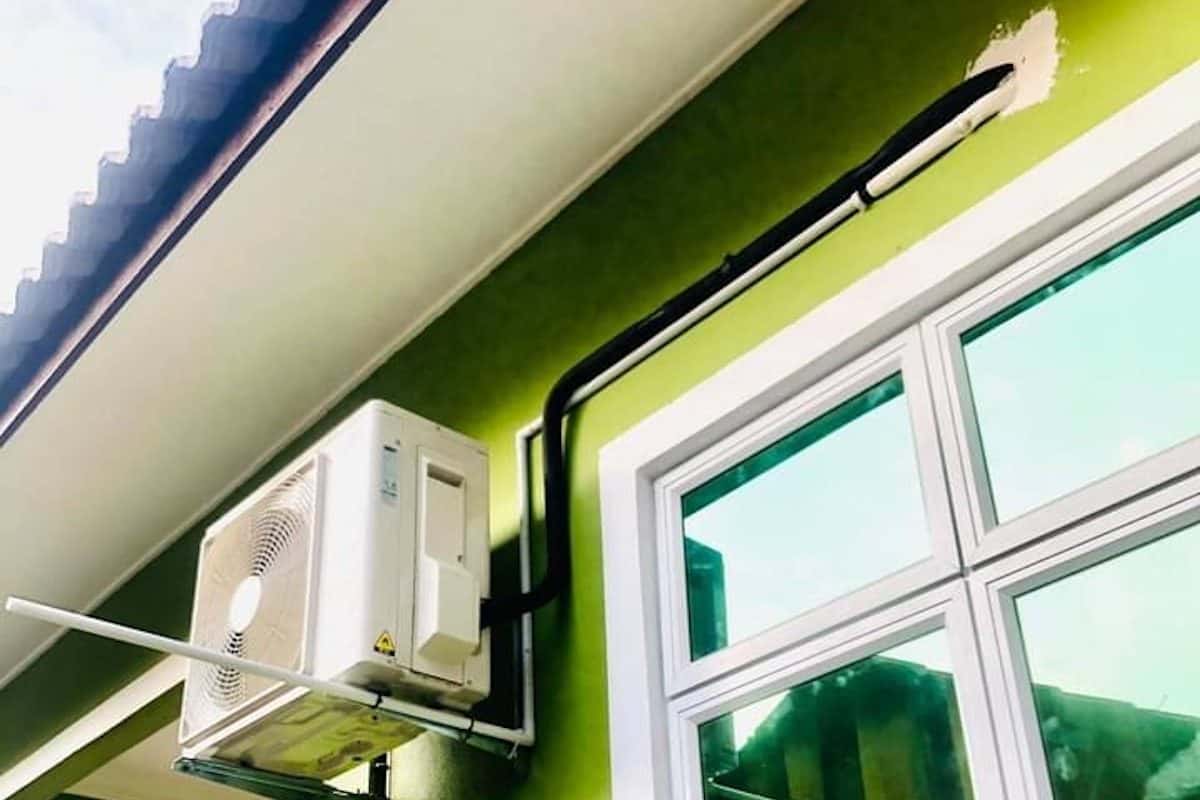
The above photos are one example of the installation of a mini split drain. The installer makes a hole through the wall for drain and refrigerant pipes since the indoor unit needs to connect to the outdoor unit.
The indoor unit has its own internal drainage system. So, the installer only needs to connect a drain pipe at the indoor unit (as shown in the third photo “close-up mini split drain”) and install the drain pipe outside the house to discharge the condensate water.
Concealed Drain
Sometimes, it is not a good idea to let the condensate water just dripping outside the house. Hence, many people will conceal the drain pipe inside the wall and floor, run to the nearest floor trap. This makes it look neat and clean.
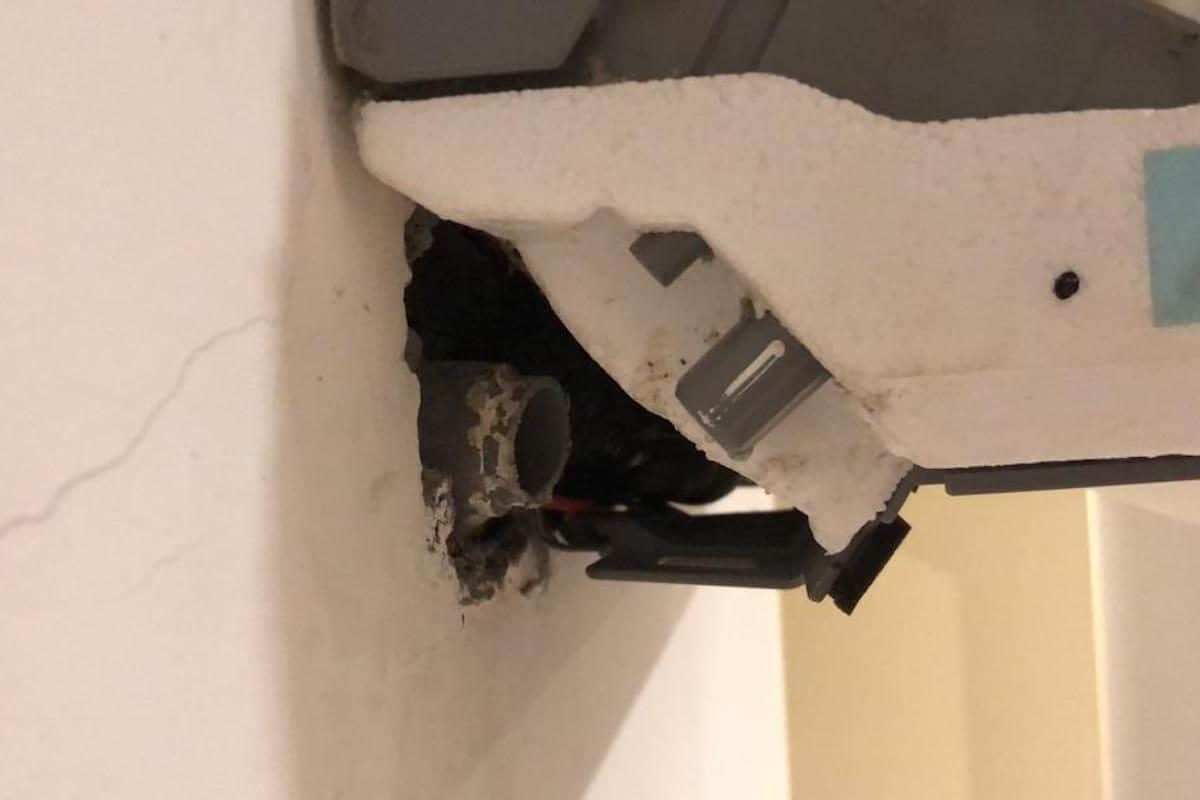
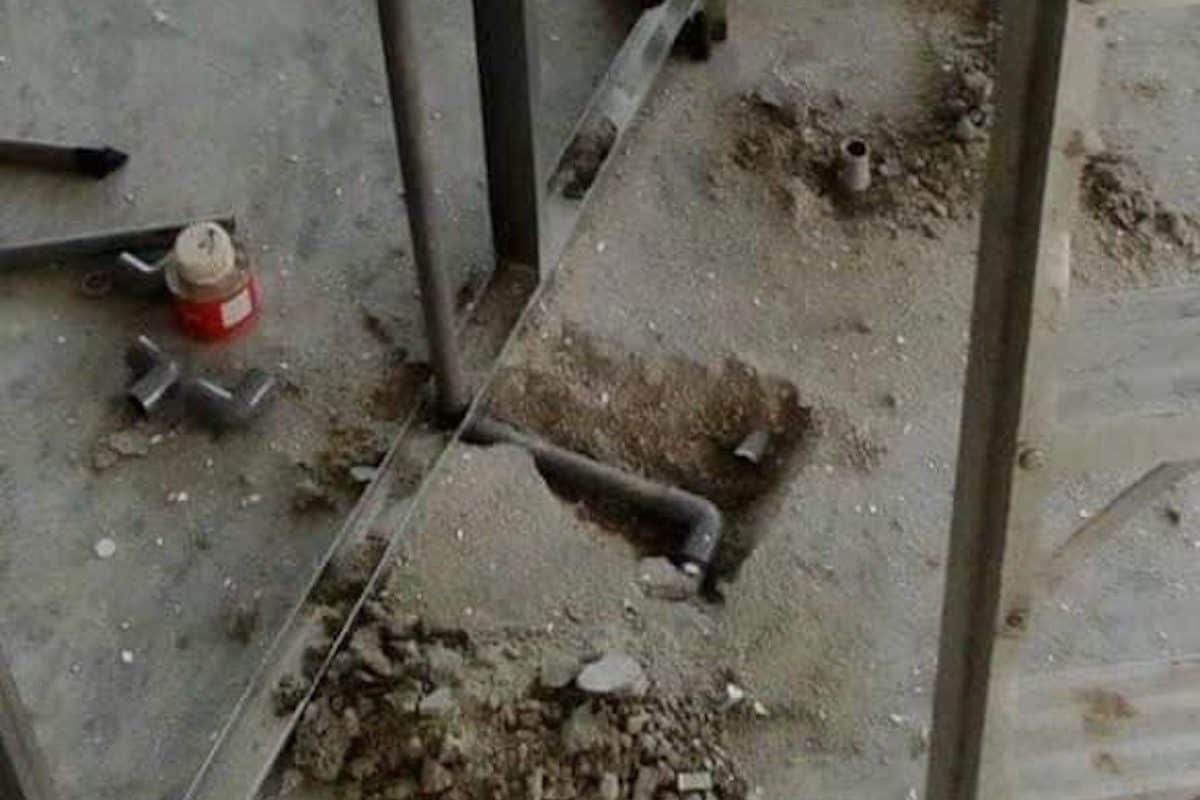
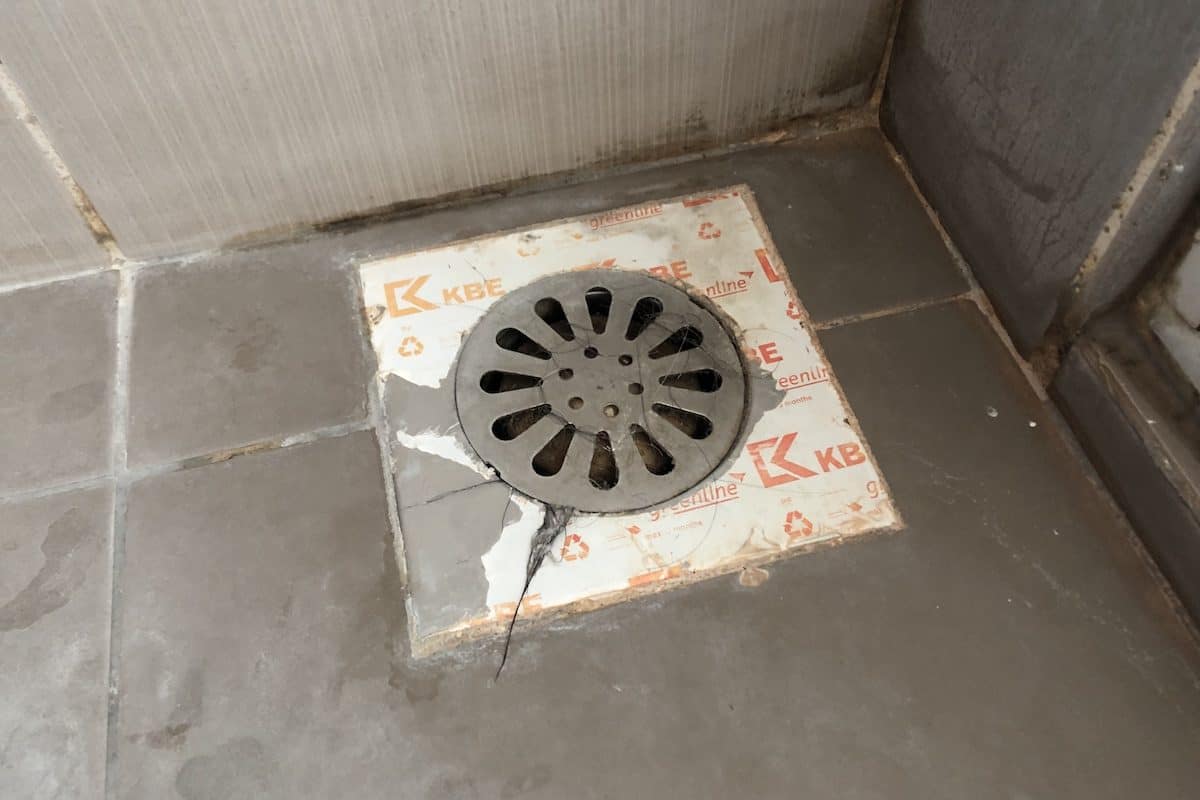
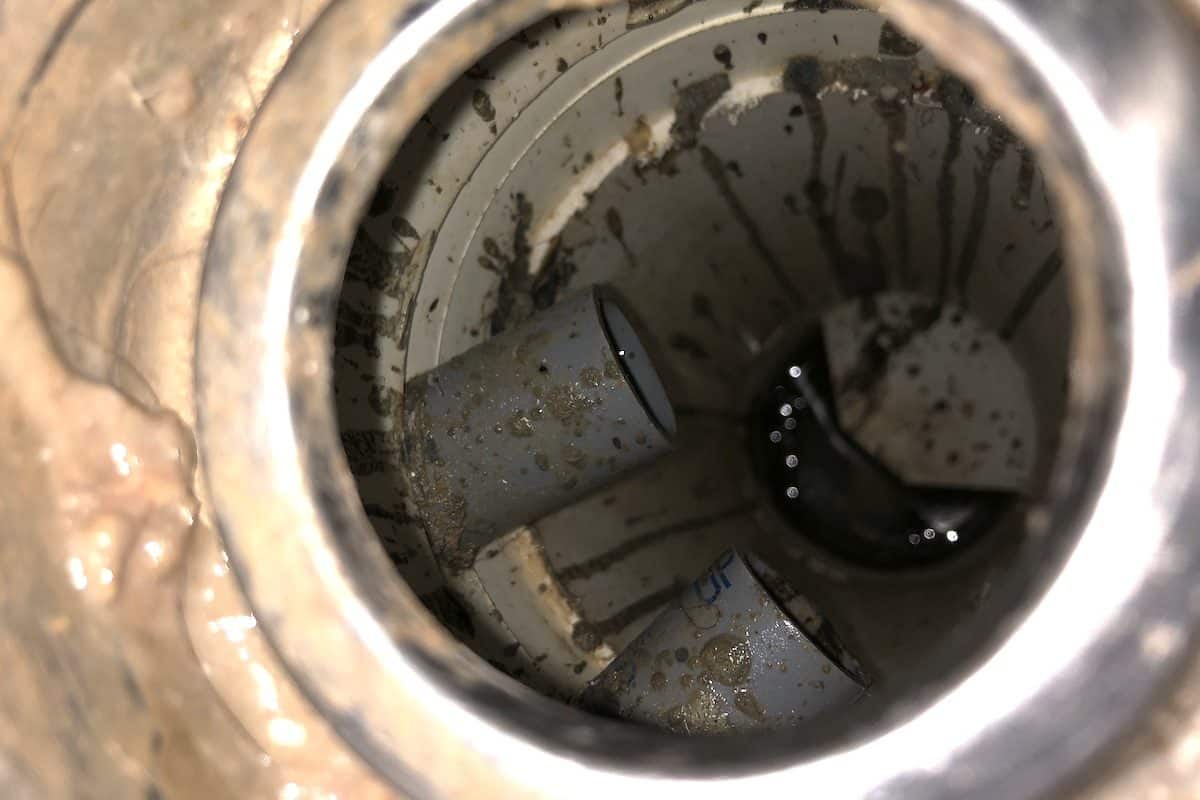
For a typical concealed drain pipe, it starts from the connection at the indoor unit of a mini split. The drain pipe runs vertically inside the wall right below the indoor unit. Then, it makes a 90 degree bend and runs inside the floor (underneath tiles and everything). Finally, it protrudes out of a plumbing pipe.
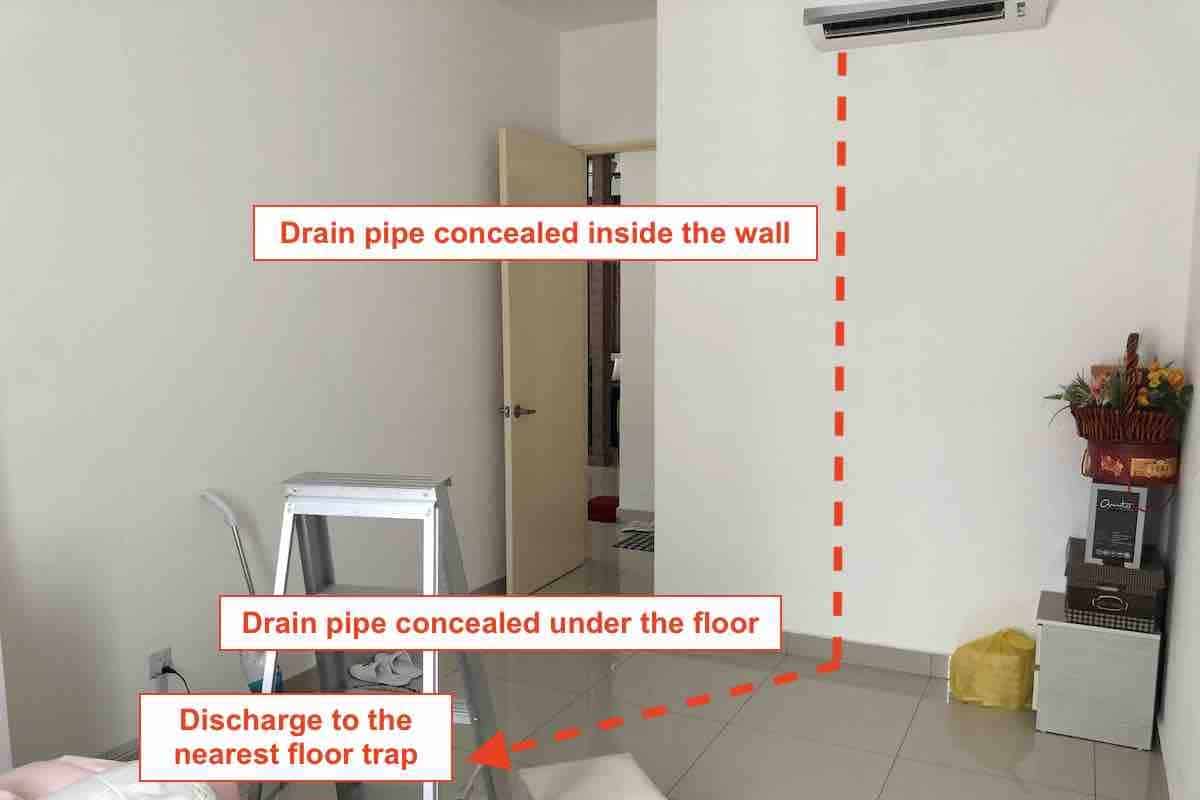
Aid of a Drain Pump
Most of the time, the inlet of the drain pipe is always higher than the rest of the drain pipe so that the condensate water naturally flows by gravity to the outlet.
However, there are times when a portion of the drain pipe must be installed higher than the inlet of the drain pipe. Thus, a drain pump is needed to assist the water flow.
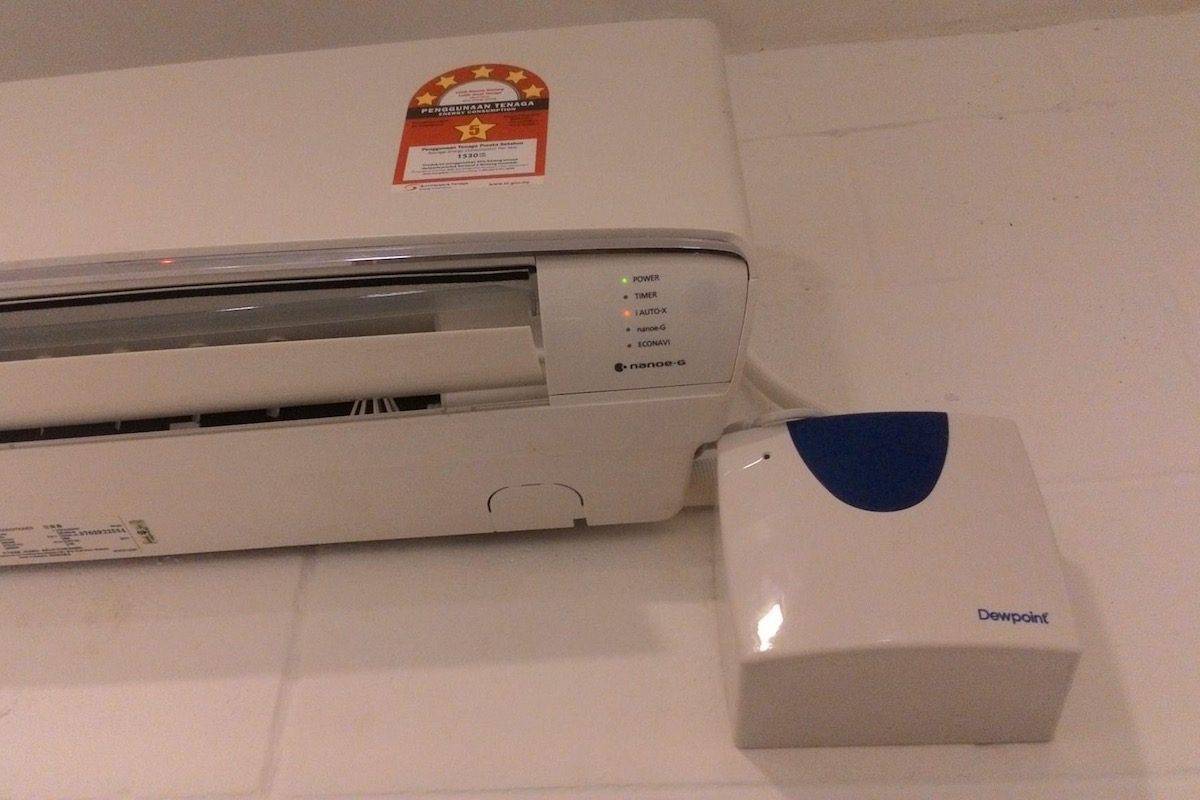
The drain pump must be installed lower than the mini split so that the condensate water will push against the inlet of the drain pump which provides sufficient positive suction pressure for the drain pump to work properly.
Where Do Mini Splits Drain?
Mini splits usually drain to the nearest greywater plumbing pipe. Mini splits drain outlet is usually located at the nearest greywater plumbing pipe that is used to discharge basin waste water.
Mini splits should not drain to either blackwater plumbing pipe or rainwater plumbing pipe.
Greywater plumbing pipe is meant for discharge waste water such as shower and basin. It doesn’t have a strong smell that may travel back to the mini split and thus, make your room smelly.
On the flip side, never put a drain pipe to blackwater or soil water plumbing pipe that is responsible for waste water from the toilet bowl.
In addition, it is not recommended to discharge the condensate water into rainwater down pipe because the water flow can be too strong that the condensate water is unable to discharge properly and backflow at the indoor unit.
Does a Mini Split Need a Condensate Trap?
Most of the time, a mini split does not need a condensate trap. A wall mount and floor mount mini split does not need a condensate trap to drain well. However, a ceiling concealed or ducted mini split needs a condensate trap in order to drain properly.
High capacity ceiling concealed or ducted mini splits have a high airflow rate. Thus, they have a strong negative pressure built internally. If the drain pipe does not have a condensate trap, the strong suction will prevent the condensate water from discharging through the drain pipe and cause overflow.
With a condensate trap, the mini splits are not exposed to ambient air through the drain pipe. Thus, there will be no suction happen at the drain pipe and therefore, allowing proper discharge of condensate water.
Do Mini Splits Drain Need Insulation?
Mini splits drain do need insulation. Condensate water produced by mini splits is cold. Thus, the drain pipe must be insulated to prevent condensation. However, if the drain pipe is concealed, the wall or floor acts as insulation. Therefore, insulation for the drain pipe is no needed for the concealed drain pipe.
Do Mini Splits Condensate in Heat Mode?
Mini splits don’t condensate in heat mode. The indoor unit of mini splits does not produce condensate water when operating in heat mode. However, the outdoor unit of mini splits does condensate in heat mode. A drain pipe can be connected to the outdoor unit of mini splits to channel the condensate water.
Conclusion
Mini splits do have condensation. The indoor unit of mini splits does have condensate water just like window air conditioners.
Besides, the outdoor unit of mini splits does have condensate water but the amount is lesser than the indoor unit.
Mini splits need to connect a drain pipe at the indoor unit to discharge the condensate water to the nearest plumbing pipe.
Mini splits use a drain pipe to drain condensate water via gravity flow. A drain pump can be used to assist the drain of the condensate water.
Mini splits usually drain to the nearest greywater plumbing pipe. Mini splits should not drain to either blackwater plumbing pipe or rainwater plumbing pipe to prevent smell and overflow.
Most of the time, a mini split does not need a condensate trap. However, a ceiling concealed or ducted mini split needs a condensate trap in order to drain properly.
Mini splits drain do need insulation to prevent condensation. In heat mode, the indoor unit of mini splits doesn’t condensate but the outdoor unit does.
Lastly, consider my Mini Split (eBook) if you want to know how can you use Mini Split in your house. If you still have doubt or not feeling confident enough, feel free to consult me.
Consultation Service
Ask me for HVAC advice such as brand selection, best model, benefits, features, placement, duct size, grille size, how to design, design check, verification and other HVAC related queries.
If you have anything to add (or ask) about this topic, leave a comment down below!


